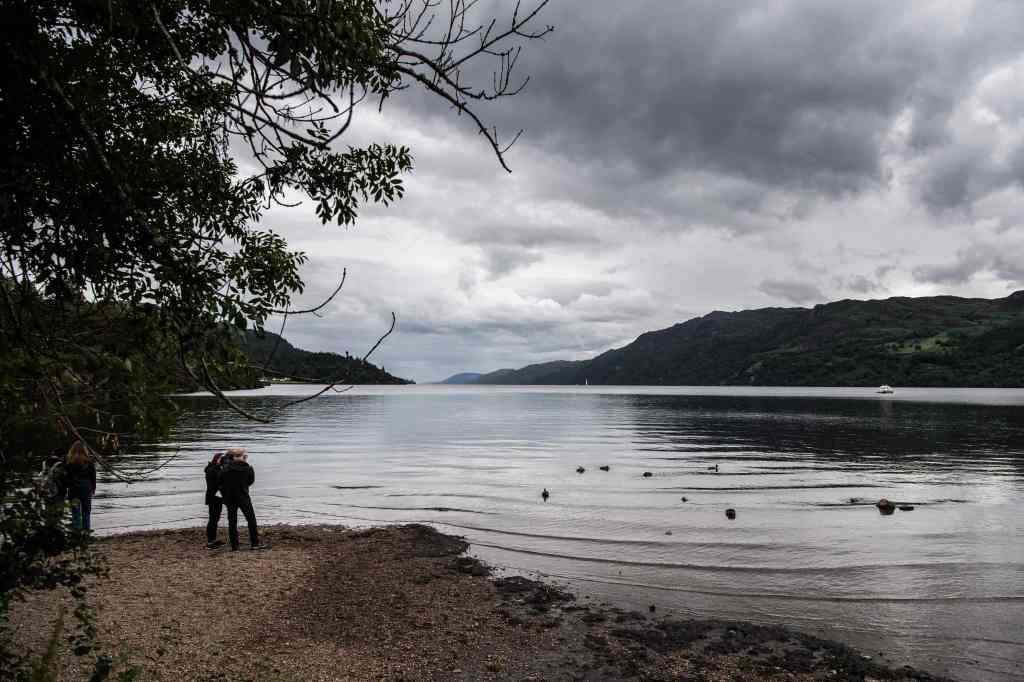Monster hunters called to join Loch Ness search for Nessie
She can’t hide forever.
The Loch Ness Center is calling on monster hunters around the world to find the fabled Loch Ness creature Nessie in the largest hunt for the underwater beast in 50 years.
The center runs a tourist attraction by the freshwater loch in the Scottish Highlands and has teamed up with the Loch News Exploration volunteer group to host “Quest Weekend” from August 26 to 27, the latest event in a centuries-long tradition of looking for Nessie.
Alan McKenna, of Loch Ness Exploration, said the search would be the biggest since the famous Loch Ness Investigation Bureau’s probe in 1972.
“It’s our hope to inspire a new generation of Loch Ness enthusiasts by joining this large-scale surface watch,” McKenna told the BBC.
“You’ll have a real opportunity to personally contribute towards this fascinating mystery that has captivated so many people from around the world.”
The Loch Ness Center noted that this search will include new technology not used in previous outings, including airborne drones capable of taking thermal images of the loch. The monster hunters will also use hydrophones that pick up acoustic signals in the water.
The obsession to find proof of Nessie began centuries ago when an Irish monk was said to have encountered the monster in the Middle Ages along the Ness River that flows from Loch Ness.

The creature remained a local legend until 1933 when reports emerged about hotel manager Aldie Mackay’s encounter with a whale-like creature in the loch.
The following year, the iconic black-and-white photo of Nessie poking out of the loch made the rounds the world over, despite the picture being debunked as a hoax decades later.

The Lochness monster returned to the limelight years later in 2019 when researchers pitched the idea that Nessie could be a type of freshwater plesiosaur, an aquatic long-necked beast that went extinct around 66 million years ago.
Others floated the idea that Nessie was actually a giant eel, but the theory was debunked earlier this year when a DNA study of the lake showed no evidence of large animals living in the loch.
Despite the multiple dead-ends, Nessie-enthusiasts continue to explore the lake, with about 1,148 sightings recorded of the creature, according to the Official Loch Ness Monster Sightings Register.
At least three sightings were reported this year, along with six in 2022.
Read the full article Here


